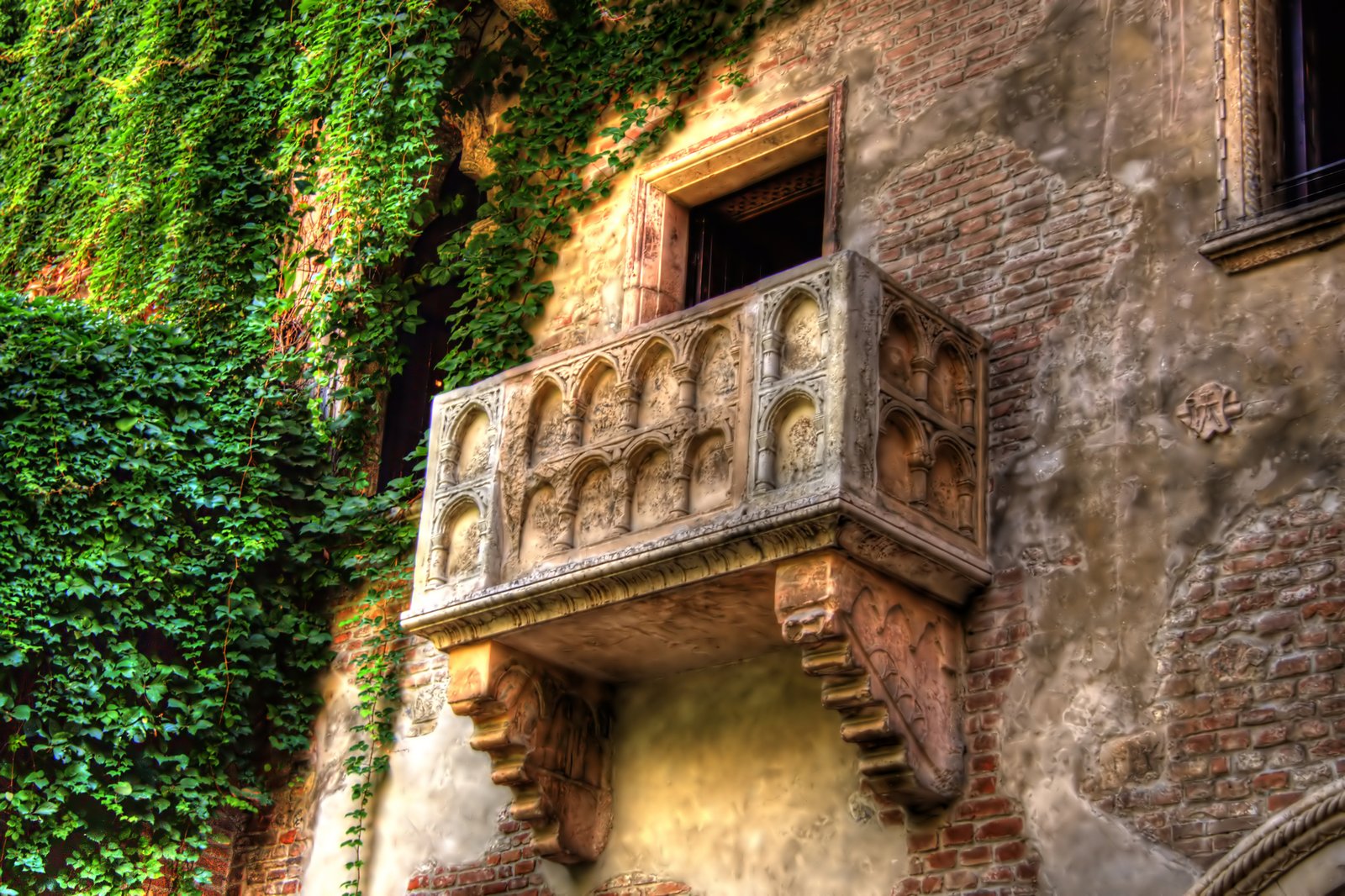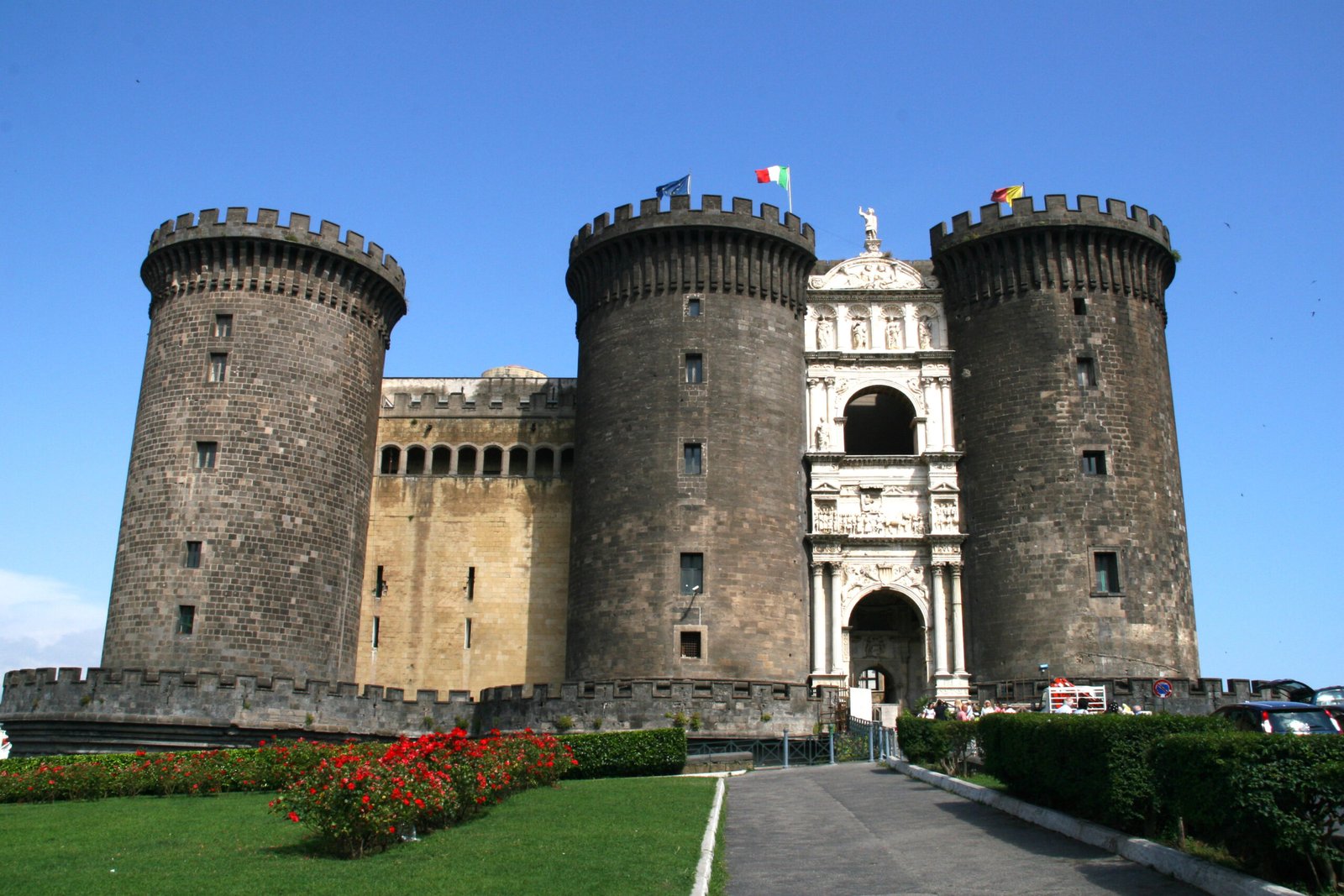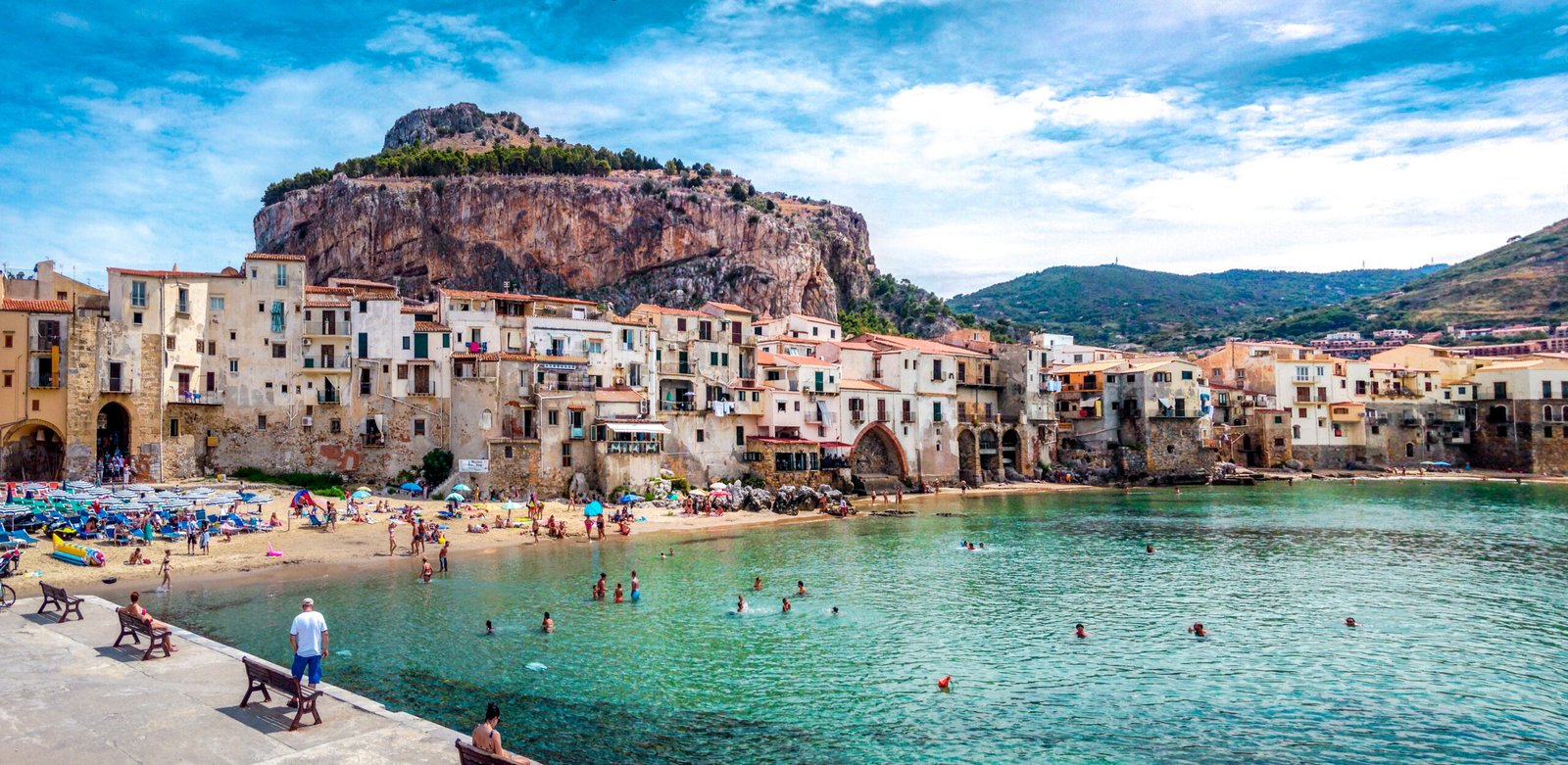Your irst taste of Amarone della Valpolicella in Verona changed your view of Italian food. The wine’s strong, fruity flavors felt like the city itself—full of history and warmth. This moment showed you why Verona’s food is a treasure in Italy.
Verona is more than Romeo and Juliet’s story. It’s a place where every dish and drink has its own tale. This isn’t just a guide for food lovers; it’s an invitation to enjoy Veronese cuisine like a local.
Verona’s food scene is a mix of old traditions and new ideas. Imagine creamy risotto made with Vialone Nano rice, or fresh prosciutto with local truffles. These dishes are more than food; they’re a dialogue between the land and culture.
Walking through its markets and old eateries, you’d found a city full of hidden flavors. Every smell and taste is like a secret waiting to be shared.
This article is like a food tour of Verona, Italy. It takes you from vineyards to secret restaurants. You’ll see how Veronese food combines local pride with a global appeal. Join them as you explore its flavors, one taste at a time.
Key Takeaways
- Verona’s food scene mixes old traditions like Amarone wine and Vialone Nano risotto with new trends.
- Exploring its markets and old eateries shows the real Verona food experiences that tourists often miss.
- Italian food in Verona is shaped by its special geography, from the Valpolicella hills to the Adige River valley.
- Local ingredients like Monte Veronese cheese and Lessinia truffles make Veronese cuisine unique.
- A food tour of Verona, Italy, offers both famous dishes and hidden treasures, from Pandoro bread to Juliet-inspired pastries.
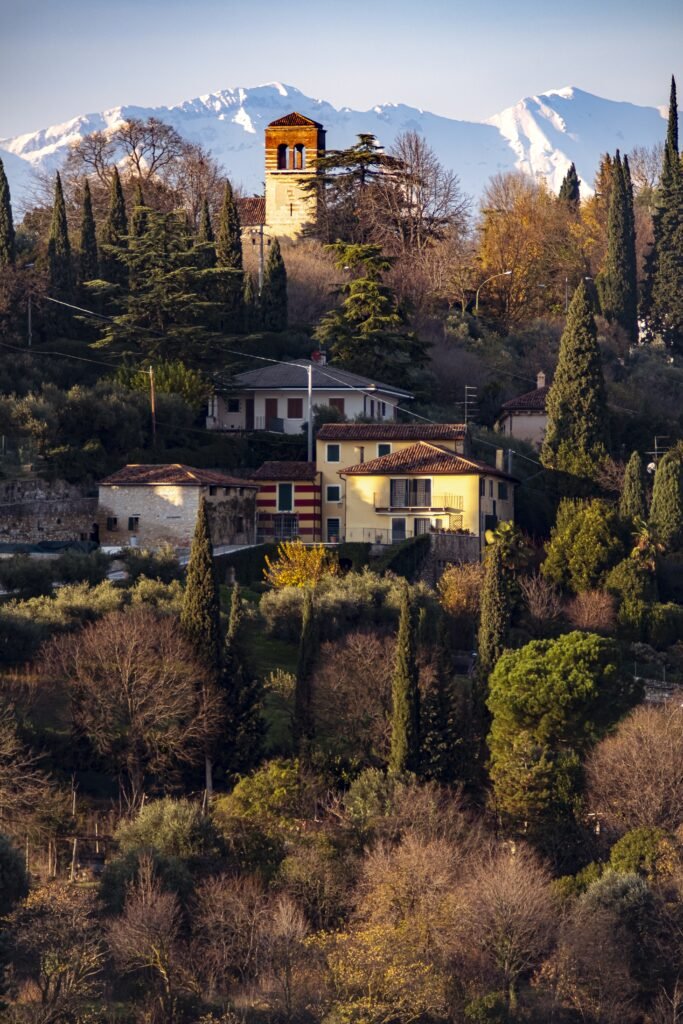
Why Verona Should Be on Every Food Lover’s Italian Itinerary
Walking through Verona’s cobblestone alleys, the best food in Verona unfolds like a sensory symphony. This city, often overlooked for its Venetian or Florentine neighbors, holds Verona culinary attractions that rival any Italian food destination. Its position at the crossroads of northern Italian cuisine and Mediterranean flair creates dishes that are both hearty and inventive.
- Risotto all’Amarone: Creamy rice bathed in locally produced Amarone wine.
- Gnocchi di zucca: Light pumpkin dumplings dusted with Parmigiano.
- Food markets: Bustling stalls brimming with Lake Garda fish and Veronese truffles.
The Verona food scene thrives on simplicity and seasonality. Imagine savoring crisp lake perch at a lakeside trattoria or tracing the scent of roasting polenta through narrow streets. Unlike crowded Milan or Bologna, Verona’s northern Italian cuisine shines in unpretentious osterie where locals clink glasses of Bardolino with genuine warmth.
Its markets and vineyards embody a timelessness that defines Italian food destinations. Here, every bite tells a story of tradition—whether sampling Monte Veronese cheese or sipping Amarone under ancient Roman arches. This is where history meets hunger, and every meal feels like discovering a hidden gem.
The Legendary Wines of Verona’s Countryside
Your first sip of Amarone della Valpolicella was like hearing a secret from the past. The Valpolicella vineyards are where these grapes grow under the Venetian sun. They hold the secret to Verona’s famous wines. Here, wine is more than a drink; it’s an experience.
Amarone della Valpolicella: The King of Verona’s Wines
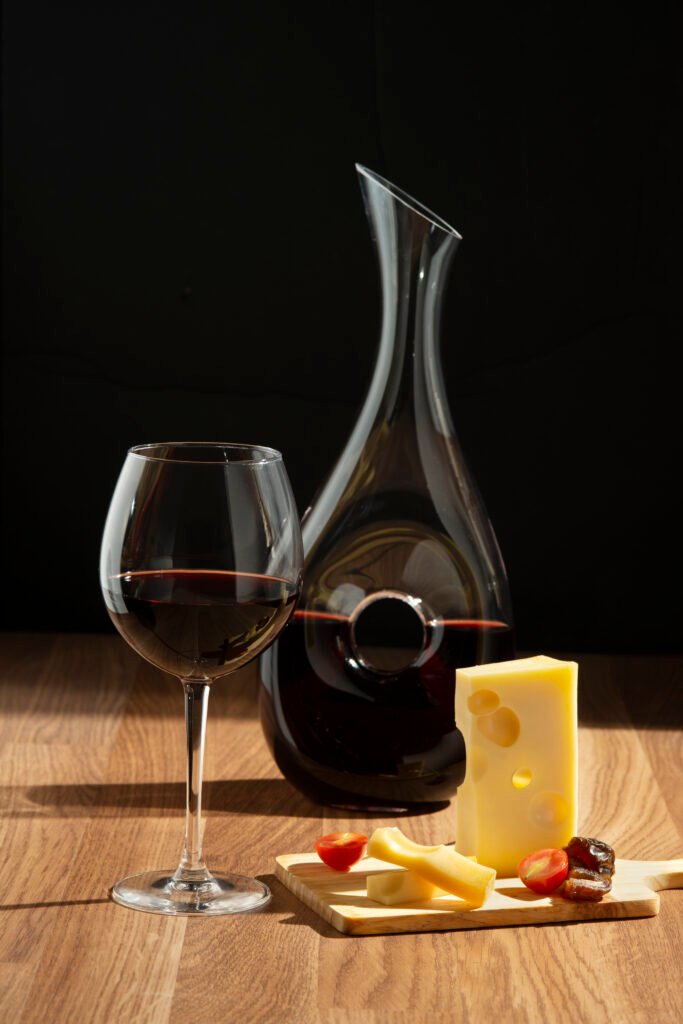
Imagine grapes drying like autumn leaves, making their sugars turn into liquid poetry. The Amarone wine tasting shows this magic: plums, cocoa, and spices mix in every glass. In Valpolicella vineyards, winemakers use old cellars to age their wines, making their flavors richer over time. A sip pairs well with the region’s game dishes, a tradition as old as the hills.
Soave and Bardolino: Hidden Gems in Your Glass
Near Lake Garda, the Soave wine region makes crisp whites that feel lively on your tongue. The Bardolino wine experience offers light reds perfect for summer evenings. A local winemaker once said, “Our soils remember the volcanoes that shaped them,” explaining Soave’s mineral taste. These wines are more than drinks; they’re conversations between land and tradition.
Wine Tasting Experiences Worth Splurging On
For those looking for something special, Verona wine tours are a must. Small producers like Allegrini and Masi offer Amarone wine tasting in cellars carved into hills. Your favorite moment was a private tasting at Tenuta La Rocca, where Bardolino’s freshness shone beside Lake Garda.
| Experience | Highlight |
|---|---|
| Guided Valpolicella vineyards tour | Watch grapes transform into Amarone |
| Family-run Soave estates | Learn how volcanic soil shapes acidity |
| Bardolino lakefront tastings | Pair light reds with local cheeses |
These wines are more than drinks; they’re invitations to Verona’s soul. Every bottle tells a story of soil, sun, and centuries of passion waiting to be discovered.
Beyond Pasta: Verona’s Signature Dishes That Captivated Your Palate
Verona’s dishes go beyond pasta and pizza. Your first try of horse meat pastissada was both curious and hesitant. The slow-cooked stew, made with Amarone wine, had tender meat and deep flavors. It’s a dish filled with stories of the past.
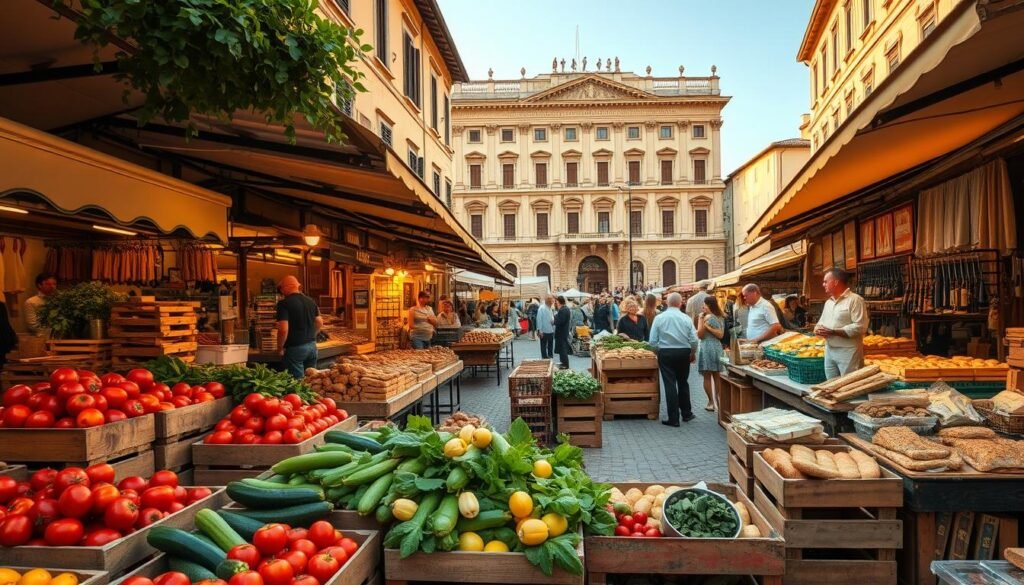
At a family-run osteria, you’ll discovered duck risotto. It’s more than a meal; it’s a celebration of local flavors. The duck confit and Arborio rice mix with Vialone Nano rice for a rich taste. The chef said it’s a mix of land and tradition.
Next, you try pearà, a peasant dish turned revelation. It’s a sauce of bread, marrow, and black pepper over boiled meats. Its bold taste felt like a piece of history. These dishes are more than food; they’re a journey through Verona’s past.
“To truly know Verona, you must eat like a local—without fear.”
Eating like a local in Verona means trying new flavors. Each dish, like pastissada’s wine taste or pearà’s umami, tells a story. Verona’s table is a place of discovery, not just eating.
A Perfect Day on a Culinary Tour of Verona Italy
Start your day at the Piazza delle Erbe market, a place full of sights and smells since the 14th century. The Verona market tour shows you fresh peaches, Monte Veronese cheese, and Vialone Nano rice. Don’t miss a coffee at Bar Vai, where everyone knows your name.
Morning Markets and Coffee Culture
Walk through markets where everyone knows you. A cheese seller once gave you stracchino with honey. It’s how locals start their day: slow, connected to tradition.
Lunch Like a Local: Osterie and Trattorias
- Try Osteria del Gambero Rosso for a cicchetti spread that changes every day.
- For trattorias like La Cantina di Giacomo, avoid tourist areas. Enjoy bigoli in salsa with the sound of espresso cups.
Lunch is a three-hour break to enjoy your meal. Staff don’t rush. They want you to taste and talk. That’s Verona’s secret: time waits for the meal.
Evening Dining: From Rustic to Refined
At dusk, head to ristoranti like Alle Testiere for risotto all’Amarone. For a fancy meal, La Scala mixes modern with traditional. This journey from market to midnight shows how locals eat in Verona.
The Art of Risotto: How Veronese Chefs Perfected This Northern Italian Staple
Your first taste of risotto all’Amarone recipe in Verona’s historic center was amazing. It was different from the creamy versions I’d tried before. This dish showed northern Italian risotto at its best—each grain was distinct yet smooth together. Local chefs taught you that the secret is patience: slow stirring, choosing the right rice, and simmering the broth just right.
The secret to Italian rice dishes here is finding the right balance. A chef showed you how Amarone wine adds depth to risotto all’Amarone, giving it a rich flavor. You’ll also tried autumnal Verona risotto specialties topped with Monte Veronese cheese and Lessinia truffles. Or the rustic tastasal—a mix of pork and herbs that tastes like local history. Each dish tells a story of place and tradition.
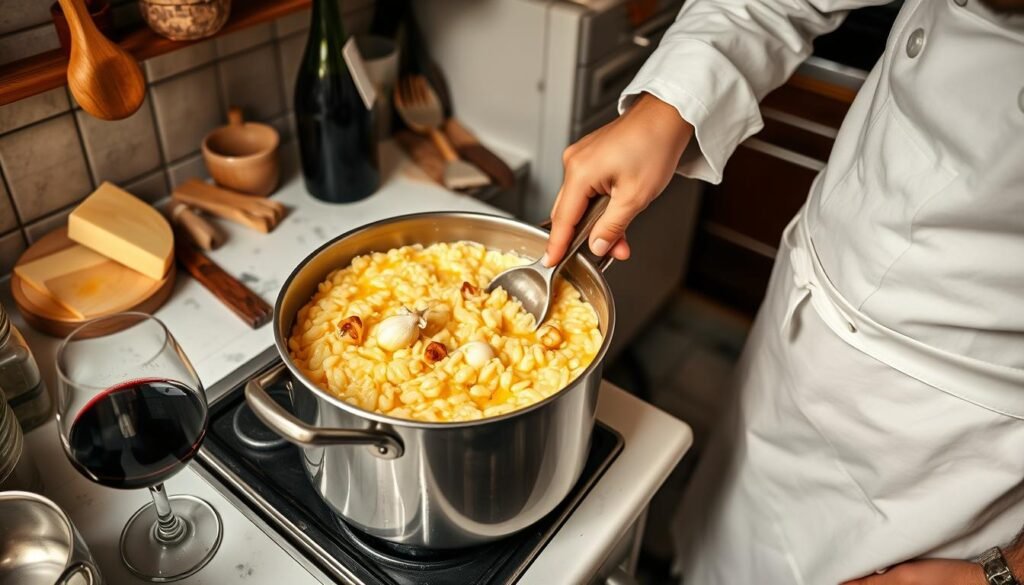
When you order the best risotto in Verona, you want it to have the right texture. It should never be mushy, but always firm. For a modern twist, try the creamy mahi-mahi risotto recipe at Epicurean Escape. But in Verona’s trattorias, the focus is on timeless flavors. Ingredients like radicchio or asparagus are paired with careful cooking. This is food that respects tradition and the land’s gifts.
From Farm to Table: The Local Ingredients That Define Veronese Cuisine
Verona’s flavors start where the earth meets the sky. The region’s food is shaped by its land and traditions. Artisans here blend old ways with new ideas.
Monte Veronese Cheese and Its Many Variations
In the Valpolicella hills, you saw Monte Veronese DOP cheese aging. Young wheels were soft and buttery. Older ones were crunchy and nutty.
Each wheel has a PDO seal, showing old methods are still used. Farmers make cheese from local cow’s milk. They create a range of flavors, showing the power of time and patience.
The Prized Black Truffles of Lessinia
“The truffle’s perfume is the forest’s secret,” said Marco, your guide, as his dog sniffed out a Lessinia black truffle buried under chestnut leaves. These earthy gems thrive in the volcanic soils of Lessinia’s slopes. Top chefs shave them sparingly over polenta or risotto, letting their musky depth emerge without overpowering. The hunt itself becomes part of the dish’s narrative, a ritual as vital as the ingredient itself.
Vialone Nano Rice: The Secret Behind Perfect Risotto
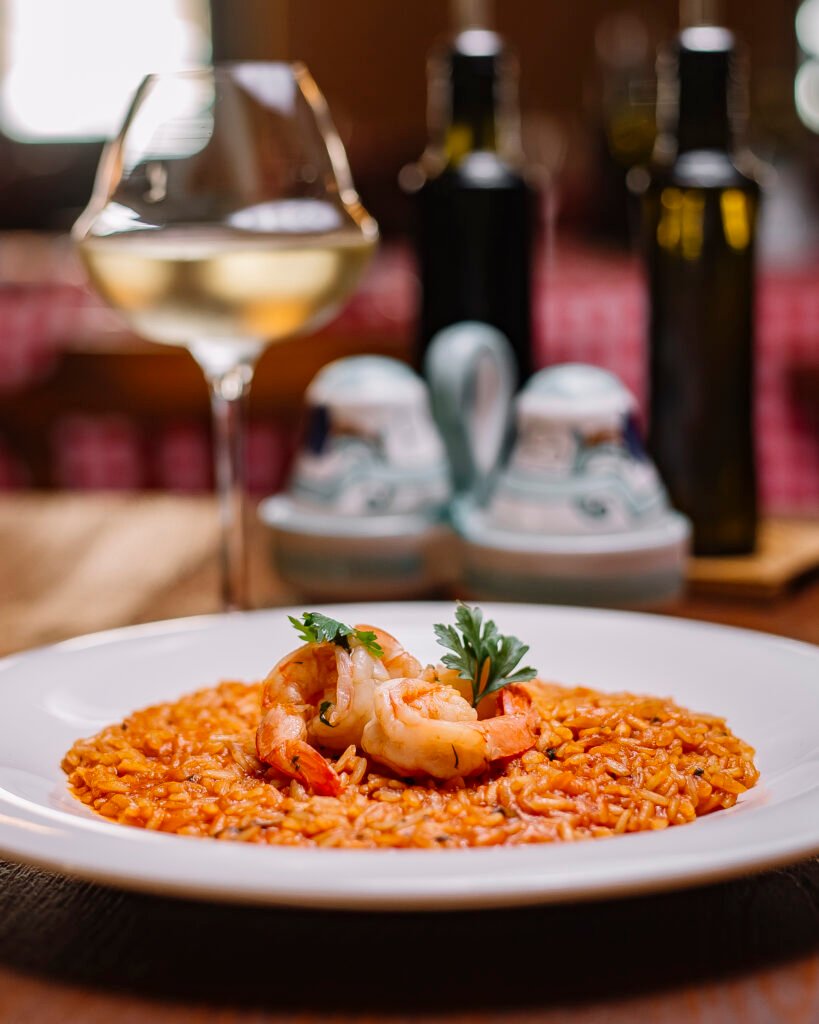
In the sunlit paddies of the Po Valley, Vialone Nano rice grows. It has a shorter grain and more starch than Arborio. This rice needs careful cooking to become creamy.
A chef once said, “It’s the only rice that holds its shape while soaking up the broth.” Every risotto starts here, where patience turns water and sunlight into al dente gold.
These ingredients are more than just food. They’re family heirlooms. Each bite of Verona regional products tells a story of tradition and land. In Verona, eating is a way to connect with the earth.
Hidden Culinary Gems That Most American Tourists Miss
One morning, you’ve got lost in Verona’s alleys. The smell of ragù led me to an osteria with a chalkboard menu. It had no English signs. This non-touristy restaurant was your first taste of Verona’s authentic Veronese food.
These off the beaten path Verona spots are hidden from guidebooks. They offer a different experience than crowded piazza trattorias.
Look for local Verona eateries like family-run bacari. There, grandmothers still make cicchetti on Formica counters. In San Giustina, a fourth-generation pastry shop makes mostarda di mandorle in a basement kitchen.
Even harder to find are the secret food spots in Verona. Like the underground wine cellar under a 16th-century palazzo. It’s open only when the elderly sommelier thinks you’re worthy.
- Arrive early for non-touristy restaurants Verona like Forno Bertazzoni. They sell authentic Veronese bread by dawn.
- Ask trattoria owners for their favorite local Verona eateries. Many locals keep these spots secret.
- Learn three Italian phrases: “Per favore,” “Grazie mille,” and “Come fate questa?” (How do you make this?) to get insider respect.
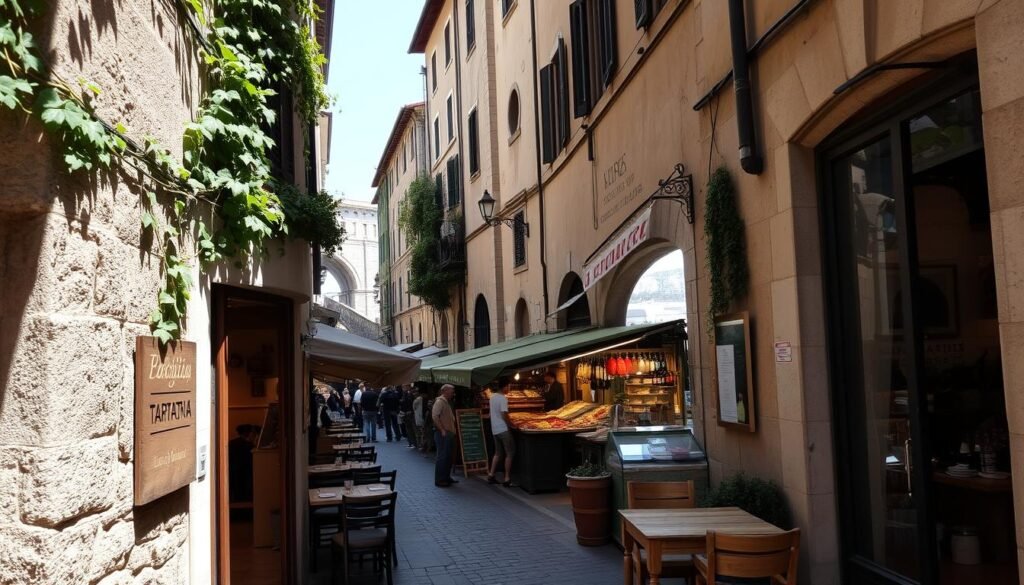
| Spot Type | Signature Item | Location Clue |
|---|---|---|
| Bacari | Polenta e osei | Near Ponte Pietra, hidden behind laundry lines |
| Salumeria | Coltello di Valpolicella | Behind the Teatro Romano |
| Artisan Bakery | Bigoli noodles with duck ragù | Off Via Mazzini’s shadowed side streets |
These places are known for being discreet. No neon signs, no English menus. Come with curiosity, not high expectations.
A server might smile if you praise their secret food spot’s authentic Veronese culatina (meat tart). Ask about curing prosciutto. This is where Verona’s soul is found, not in tourist guides but in the hands of locals.
Sweet Verona: Desserts and Pastries That Tell Stories of the City
Verona’s sweets are like family heirlooms, filled with tradition and love. They mix history with indulgence, telling the city’s story in every bite.
Pandoro: Verona’s Golden Christmas Bread
At Melegatti, Pandoro Verona cake has been made since 1894. Its vanilla-kissed interior is like snow, with powdered sugar like winter’s first snow. This Veronese pastry is a symbol of abundance, with buttery layers that stand out from Milan’s panettone.
Every slice is a traditional Verona dessert that celebrates prosperity. It goes from Roman villas to modern tables.
Romeo and Juliet-Inspired Confections
Near Juliet’s balcony, pasticcerias make Romeo and Juliet sweets that play with love. They offer heart-shaped chocolates, baci di Giulietta cookies, and meringues called “sighs of love.” These treats are made for tourists but are still authentic.
A local baker laughed,
“They’re silly, but made with the same care as our daily bread.”
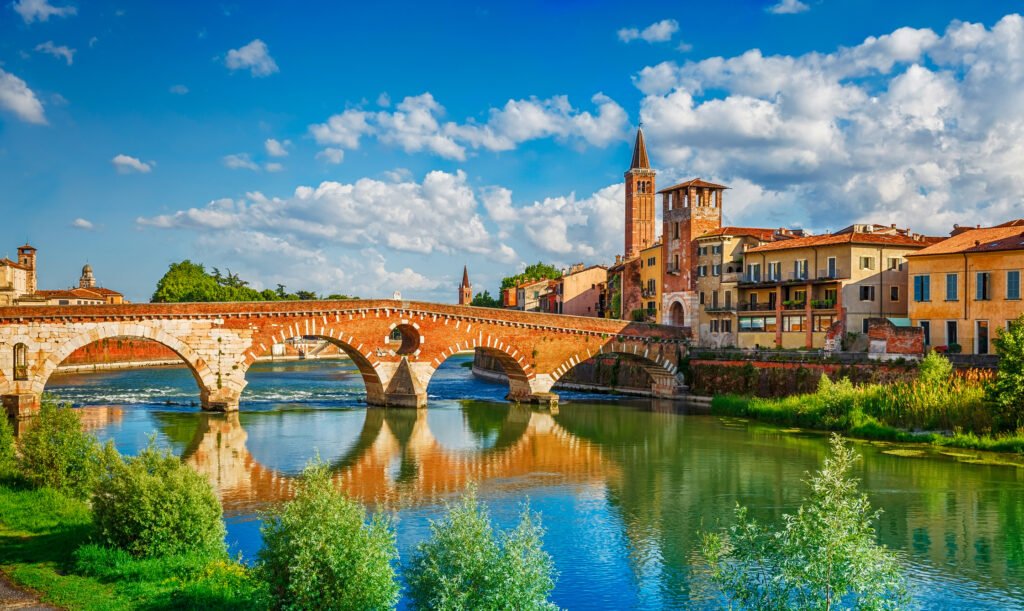
Best Gelato in Verona
Verona’s gelato makers follow old traditions, like Parma’s UNESCO-recognized culinary scene where tradition thrives. They use Vialone Nano rice milk and Lake Garda figs. Signora Rossi, a third-generation maker, said, “Real gelato has no chemicals—just patience and passion.”
| Gelateria | Signature Flavor | Why Visit |
|---|---|---|
| Gelato Rosina | Fig and bergamot | Uses Lessinia valley produce |
| La Sorbetteria | Peach and cinnamon | Open since 1932 |
These Veronese pastries and treats are more than snacks. They are conversations between heritage and joy. Each bite is a new chapter in Verona’s eternal story.
How Verona’s Cuisine Reflects Its Complex History
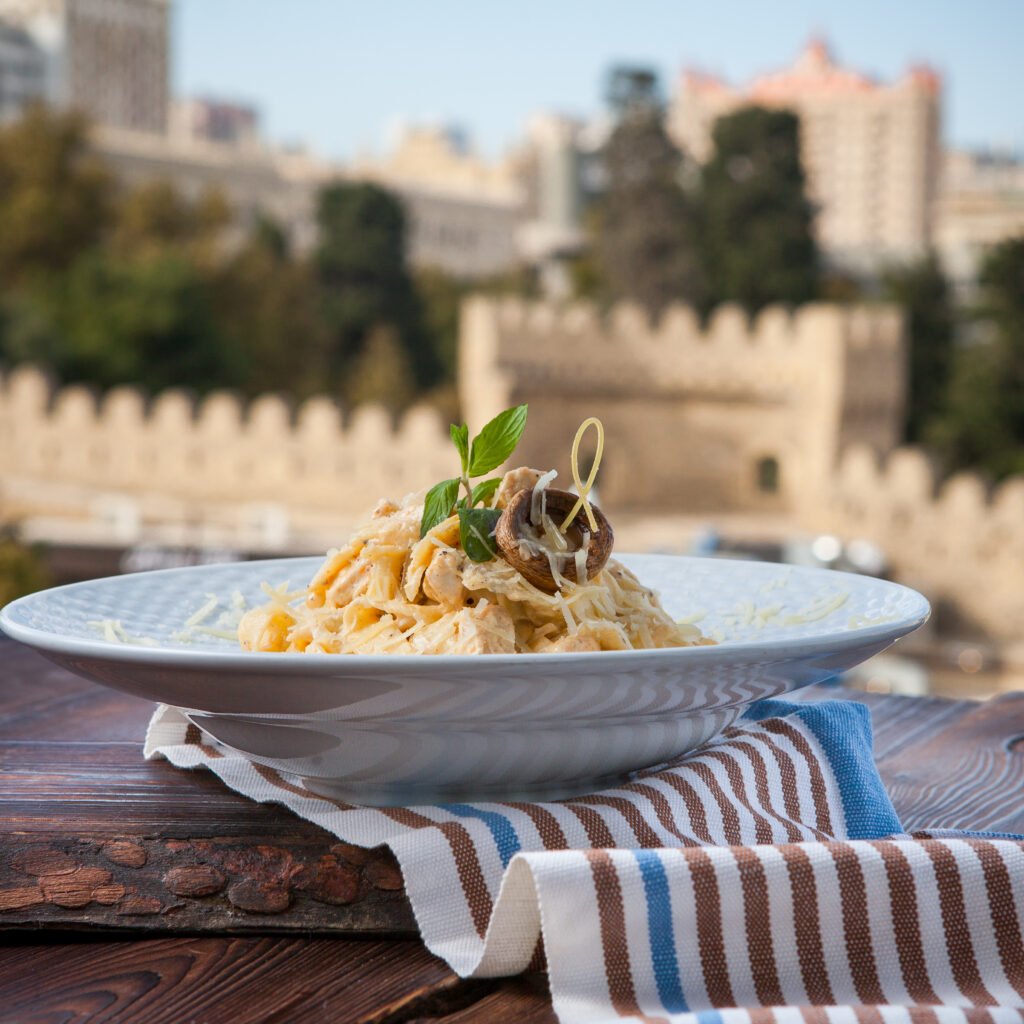
Walking through Verona’s piazzas, you tasted more than meals—youtraced centuries. Every bite of pearà sauce, a rustic broth thickened with bread, whispered of Roman ingenuity. Its origins were rooted in practicality, now elevated into a historical Italian dish celebrated in modern osterie. The city’s Verona food history is a mosaic of conquerors and crossroads.
Venetian galleys brought spices from distant ports, seasoning dishes like schiava wine blends. This legacy of the Venetian culinary heritage in Verona turned trade routes into recipes.
Austrian rule left its mark in buttery pastries and strudel-inspired desserts, proof of the Austrian influence on Veronese cuisine. In conversations with nonnas in village kitchens, you learned how wartime shortages birthed dishes like ciclette (mushroom-and-bread dumplings). Now, these dishes are cherished as symbols of resilience.
These layers make Verona’s gastronomy an open-air museum. Each historical Italian dish is a page in its story.
“Food here is a dialect,” said a historian in the Mercato Vecchio. “Every ingredient argues and agrees with the past.”
Exploring Verona gastronomy evolution reveals how the city absorbed flavors. From Venetian salt-cured meats to Austrian knödel, yet remained unmistakably itself. For travelers craving depth over trends, this heritage is a feast waiting to be savored.
To savor it fully, Epicurean Escape’s guides decode these flavors. They offer hands-on truffle hunts and farmhouse visits, making history tasteable.
Conclusion: Why Verona’s Food Scene Will Leave You Planning Your Return
The golden sunset on a glass of Amarone, the smell of Lessinia truffles, and the crunch of Vialone Nano rice in risotto. These are the tastes of Verona that stay with you. Your return home made you crave not just the food, but the way Verona celebrates it. It’s slow, intimate, and rooted in tradition yet always new.
Verona turns meals into shows, where each dish tells a story. From ancient olive presses to Renaissance recipes, every bite is a journey. It’s a place where a simple dish like cotechino with mostarda is as meaningful as a fancy wine tasting.
Every bite in Verona is a mix of old and new. From the crumbly Pandoro to the fresh produce at Mercato del Verona Vecchia, it’s all about the flavors. Even the buildings seem to join in, making meals feel like private events.
Thinking of visiting Verona for food? Autumn is great for truffles, and spring for asparagus risotto. Explore by asking locals for tips, like the best olive oil or hidden osterias. The best moments come from sharing meals and wine with others.
Verona is special because it blends old and new, yet feels personal. To enjoy Verona is to understand the Italian phrase “mangia bene.” It’s about living fully, one meal at a time.
